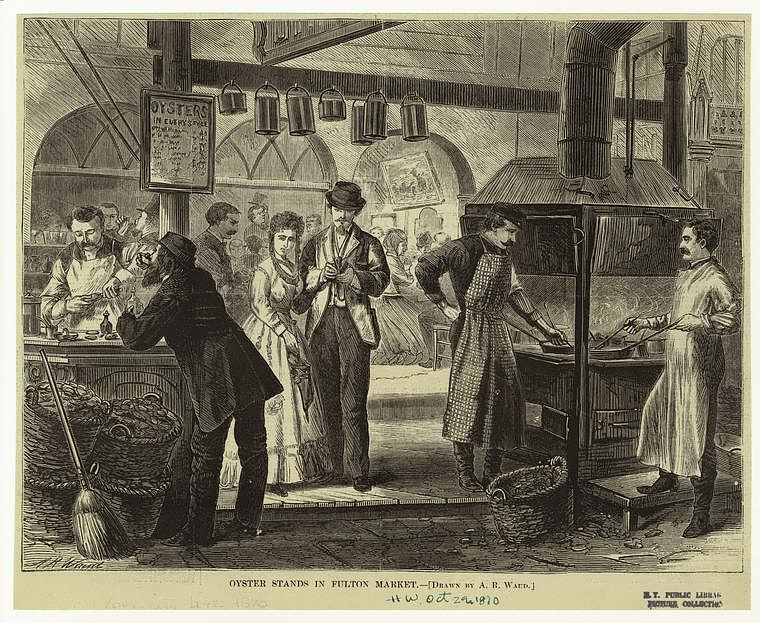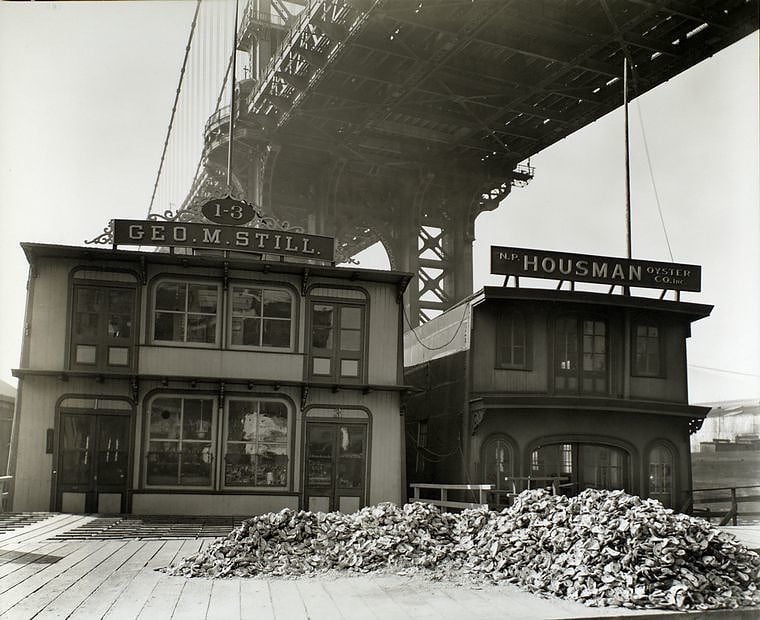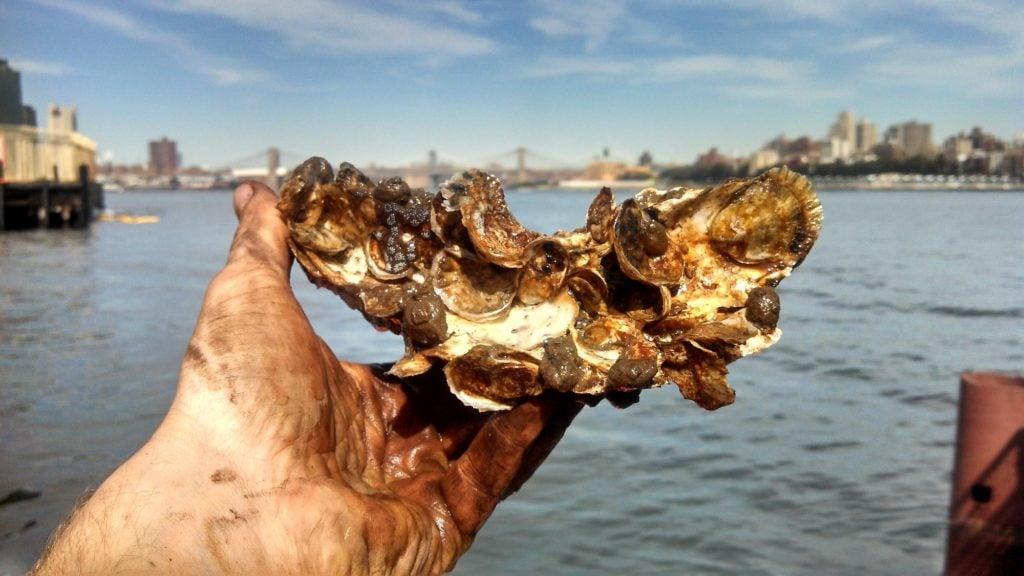Letter From The Executive Director: A Fisherman’s Tale
By: Marc Yaggi
The unlikely story of how a band of aggrieved, determined Hudson River fishermen started an environmental movement that is now at the forefront on six continents in the the fight for clean water and the future of the planet.

This year marks the 50th anniversary of the founding of the Waterkeeper movement, when fishermen on New York’s Hudson River, many of whom depended on their catches for their livelihoods, organized in a bold quest to reclaim their waterway from polluters and return it to its rightful owners, the people. We have come a very long way since that time. Our movement is an incredible tale of how citizen action can change the world for the better. Its main characters are environmental heroes and community advocates who, over these last five decades, have acted in thousands of dramatic episodes on rivers, lakes, streams and other waterways on every continent. And its moral is simple: when people come together for a common cause, and believe in the power of possibility, there is nothing they cannot accomplish.
At Waterkeeper Alliance, we trace our roots back to the 1960s and to those indomitable fishermen and their struggle on the Hudson. But their exploits are part of a much longer story that can be traced to the 1600s. New York always has been a maritime city, and not just because of the countless ships that have imported and exported every imaginable product there through the centuries. It may surprise you to learn that one of the most common activities in the harbor from the1600s to the 1800s was the harvesting of oysters. Indeed, New York City was the oyster capital of the world. The lower Hudson estuary once contained roughly 350 square miles of oyster beds that yielded almost half the world’s population of oysters. They were New York’s first “fast food” and by the 19th century, New Yorkers were consuming more than one million of them a day from street carts in every corner of the city.
But as industry and the city’s population boomed and hundreds of factories came to dominate the city, the harbor became a dumping ground for every kind of industrial discharge as well as massive quantities of raw sewage. And within just a few decades, the world’s richest oyster shoals had been destroyed. Those oysters that managed to survive in the harbor were so contaminated with bacterial and chemical pollutants that many people who ate them got sick, and some died. By the 1920s, all of New York’s oyster beds had shut down, a development that was emblematic of the rapid deterioration of the harbor and the Hudson, which, not more than a century before, and for millennia before that, had teemed with such a variety and abundance of marine life that it was one of the most biologically bountiful rivers on earth.

Waterways across the globe have suffered similarly. The Willamette River in Portland, Oregon, for example, was so filthy and foul smelling by the 1920s that construction workers refused to take jobs along its banks. The Milwaukee River, once a popular recreational destination dotted with swimming-schools and public bathhouses, became so polluted by nearby mills and industry by 1940 that it was practically deserted.
But if the last 50 years have taught us anything, it is that the decline and destruction of the riches of the earth are not destiny and, indeed, these processes can be reversed and, with courage, commitment and vision, the natural world that humankind is only now coming to regard as our common home can be reborn.
The long-declining Hudson had become a common butt of jokes when the fishermen who had been practicing their craft on the river for generations gave birth to the Waterkeeper movement. The river was their home, where they earned their livings and recreated with their friends and families, and where they hoped to pass on their way of life to future generations. In the 1960s the Penn Central Railroad was discharging thousands of gallons of oil into the river from a pipe at it Croton Rail Yard. The Indian Point nuclear power plant was killing millions of fish each day that were being sucked into its cooling intake pipes. Further downriver, in Tarrytown, one could tell what colors the trucks at the General Motors plant there were being painted by the flume of pigments that spewed out of the plant and into the river. New York City was dumping 1.5 billion gallons per day of raw sewage into the Hudson. And myriad other noxious activities were choking their great and historic river.
When the blue-collar coalition of commercial and recreational fishermen held their first public meeting at an American Legion Hall in Crotonville in 1966, they were not united on what action to take. Some called for violence, such as shoving mattresses up Penn Central’s pipes to flood their yards, or floating dynamite into the intake pipes of the Indian Point plant. However, one man at the meeting that night had a different idea. Bob Boyle, devoted fly fisherman and outdoor editor at Sports Illustrated, was already a legend in the Hudson River Valley for his leadership in the fight against a Con Edison power plant proposal that would have destroyed Storm King mountain, one of the most beautiful places on the Hudson. In so doing, he opened up the courts to environmentalists for the first time in history, establishing the principle that citizens can sue corporations for degrading the air and water. And on this night he had a more reasonable idea. He had discovered a law called the 1888 Rivers and Harbors Act, which prohibited pollution of American waters and provided a bounty reward for whoever reported the violation. Bob told the angry men assembled in that hall that, rather than break laws, they should work to have this law enforced. So the fishermen organized as the Hudson River Fisherman’s Association and began to collect evidence to mount a prosecution against Penn Central Railroad and many other polluters. Eventually, they spent money earned through the bounty provision of the Rivers and Harbors Act to buy a boat with which to investigate hundreds of polluters on their river.
Those early victories on the Hudson River were crucial to the birth of the modern environmental movement. By the 1970s, 28 federal environmental laws had been enacted, including the Clean Water Act of 1972, which allows private citizens to bring enforcement actions on their own, unaided by a U.S. attorney. It was as if Congress could foresee that money was going to play an increasing role in politics, and that many politicians would be more beholden to polluting industries than to the people who lived beside or vitally depended on America’s waterways.
In 1983, the fishermen hired their first full-time Riverkeeper, environmental activist and former commercial fisherman John Cronin. The Riverkeeper would patrol the river and serve as the eyes, ears and voice of the river’s hundreds of communities. His role, as the guardian of the river, was based on the idea that the waterways belong to the people, not to any one individual or corporation, an idea that had its roots in the Justinian Code of ancient Rome.
The immediate success of this undertaking led citizens and organizations around the country to emulate the Riverkeeper – or Waterkeeper – model. Before long there were Waterkeepers on Long Island Sound, the Delaware River, San Francisco Bay, Cook Inlet in Alaska, and elsewhere. These amazing advocates shared stories and strategies, and stood side-by-side in the fight for clean water.
As more individuals and groups expressed interest in starting a Waterkeeper, these early leaders of the movement determined that it would be helpful to form an organization that would honor the grassroots nature of their initiatives and connect the various Waterkeepers, providing them with resources, offering training, and advocating with them on common issues. So in 1999 they founded Waterkeeper Alliance, which included 33 groups in the United States and one in Canada. Now there are more than 275 Waterkeepers in 33 countries on six continents – organizations that, for all their differences, share the firm belief that everyone has a right to clean water, and are united in their determination to keep fighting until that right becomes a reality.
Although the Hudson River still faces problems and threats, it is a reborn waterway and an icon of ecosystem revitalization, thanks to citizen action undertaken by groups like Riverkeeper, who believed in the power of possibility. They were convinced that things could be different, and fought to make them so. People today are flocking to the Hudson as never before, while, across the continent, with Willamette Riverkeeper leading the fight, the Willamette, too, has been reborn and is now one of the busiest recreational rivers in the United States. The Milwaukee River basin is also thriving and is home to many endangered and threatened species that depend on the vigilance of the Milwaukee Riverkeeper for their continued survival. This is also the case on hundreds of other waterways across the world, where the commitment of Waterkeepers and their bold and innovative actions are the difference between a waterway thriving or dying.

One such innovation is the New York Harbor School, of which Waterkeeper Alliance is proud to be a founding partner. It is a New York public high school in which students learn about their harbor by being its stewards. They have, for example, launched the remarkable Billion Oyster Project, with the intention of introducing that many oysters in the city’s bays and rivers by 2035. I hope that one day my children and their children will be able to pluck an oyster out of the harbor and be proud that their father’s or grandfather’s friends helped restore the legendary New York oyster to glory. In the meantime, these wondrous bivalves can play a major role in cleaning up New York Harbor – each oyster can filter five liters of water an hour, and it is predicted that a billion of them could filter the entire harbor in just three days.
Whether it’s a group of fishermen fighting for a river they depend on for their livelihood, a group of school kids that use a harbor to open their minds to new possibilities, or a group of citizens that stands up for their rights in the face of immense adversity, we all have stakes in our waterways.
At the half-century mark of this incredible movement, Waterkeepers are on the water every day patrolling and protecting nearly 2.5 million square miles of watersheds across the world, in Canada, China, India, Nepal, Bangladesh, Kenya, Iraq, Togo, Russia, the United Kingdom, Sweden, Australia, South America and elsewhere. They come from vastly diverse backgrounds, cultures, religions, political and legal systems, but they are united in their fight for a world in which everyone can go to his or her local waterway and fill up a glass without fear of drinking toxic chemicals, or jump in and swim without fear of getting sick, or catch a fish and eat it with their family without fear that it is contaminated with mercury or PCBs. I truly believe that I will see that world, because I know how much we’ve accomplished since this movement began. We will accomplish much, much more in the 50 years ahead.